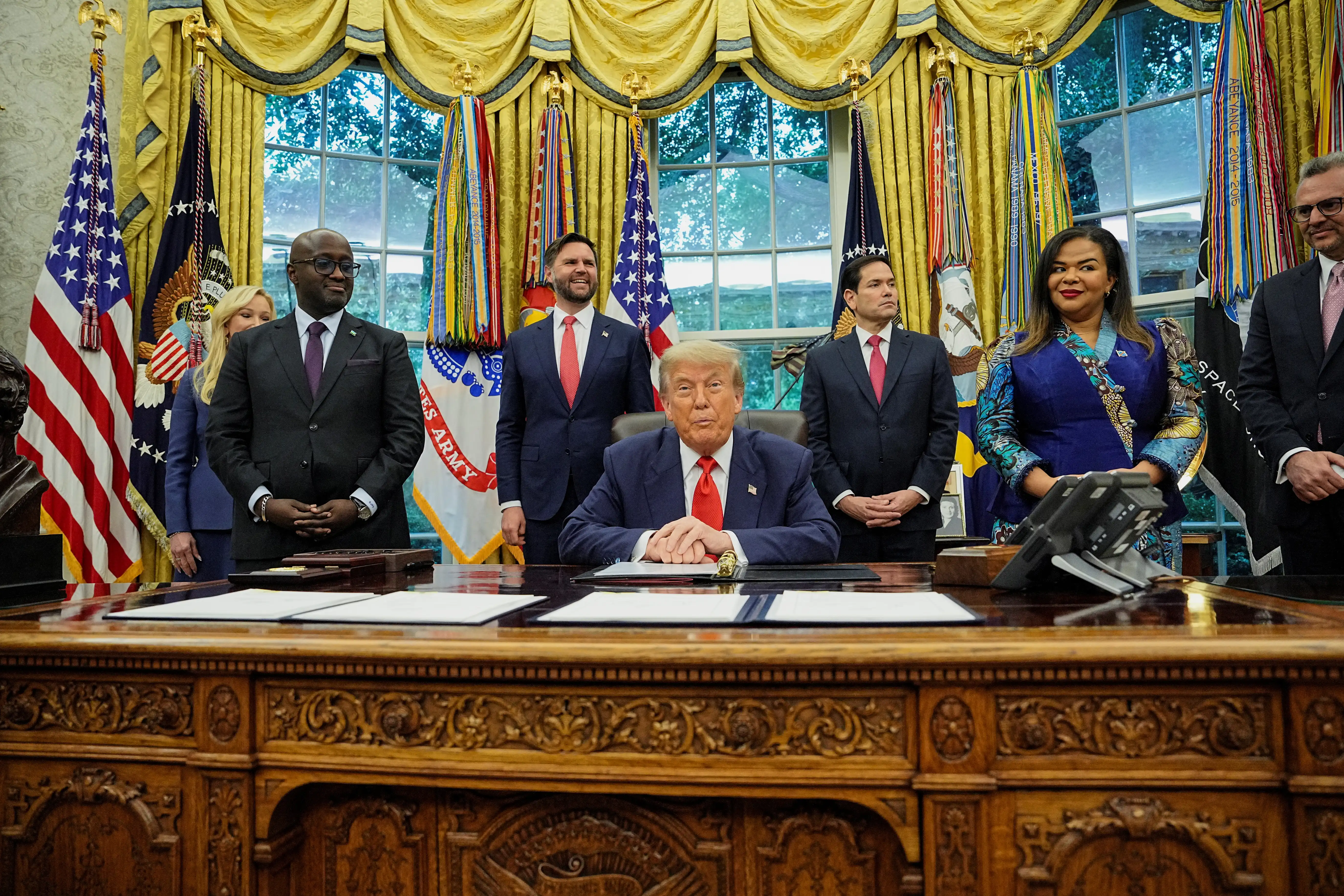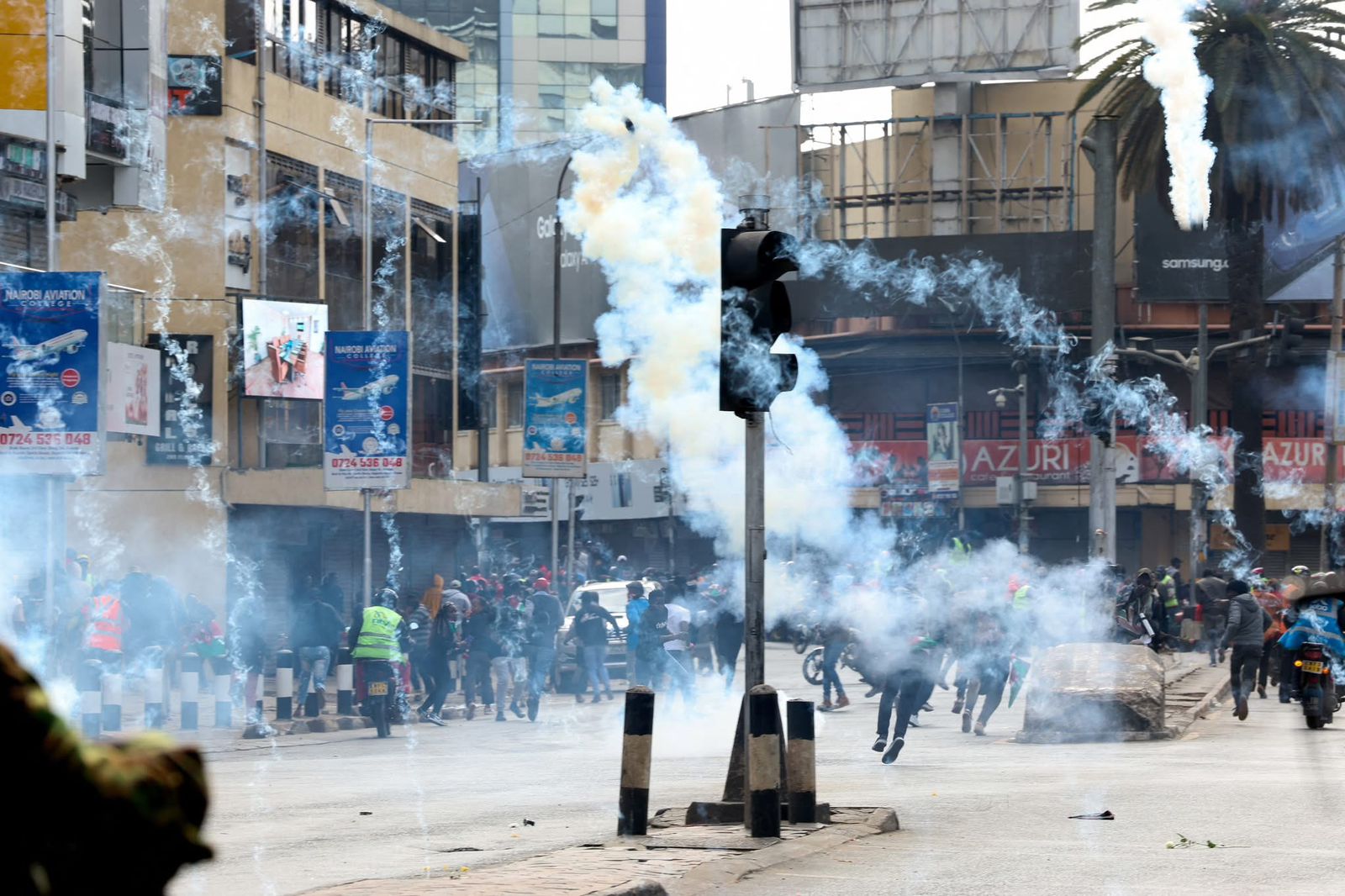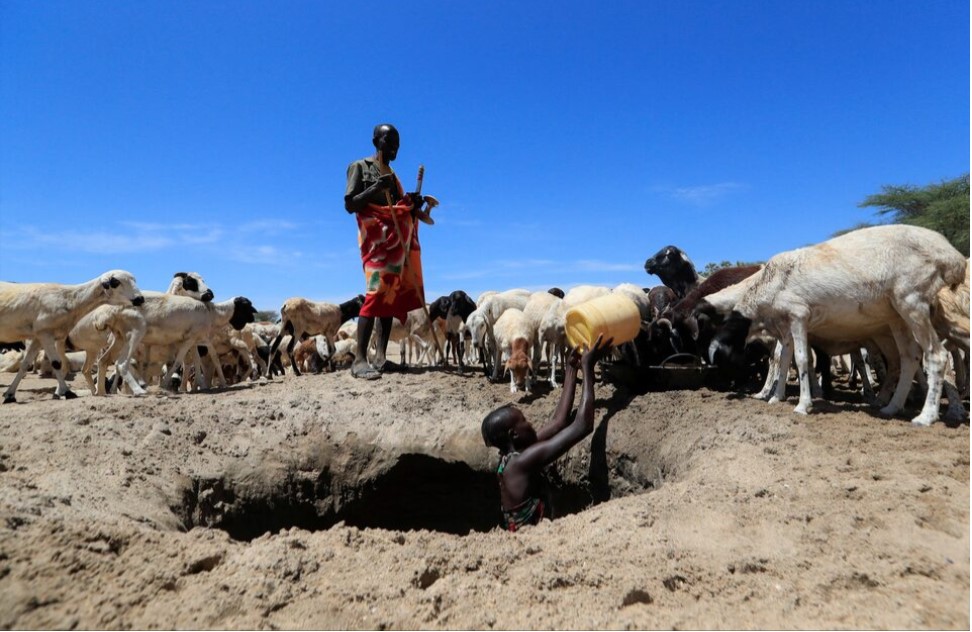{excerpt1]}
#AfricanFashion
The world suddenly seems to be fascinated by African clothing culture and design! Over the years there has been a re-emergence of African motifs, prints and textiles onto the global stage. Cape Town and Lagos, Nairobi and Dakar are the continent’s new fashion hubs. Even the internationally most recognisable First Lady, Michelle Obama, was spotted and photographed on numerous occasions sporting the African-influenced designs.
Here are some of Africa’s incredible designs we shall look at.
- Mushanana – Rwanda
This is the traditional ceremonial dress of women in Rwanda. It consists of a wrapped skirt bunched at the hips and a sash draped over one shoulder. Mushananas are no longer frequently used as daily wear, but rather are worn on formal occasions such as to attend church services, weddings or funerals.
- Headscarves/head tie – Nigeria, South Africa
The head scarf is used as an ornamental head covering or fashion accessory, or for functionality in different settings. Its uses or meaning can vary depending on the country and/or religion of those who wear it. The newsroom has a story from South Africa about how women in South Africa have now embraced putting on the headscarves.
- Maasai shukas – Kenya, Tanzania
The African blanket, commonly known as the Maasai shuka is a traditional wear associated with the Masai people of East Africa. These blankets are very strong, durable, friendly to the skin and very colorful. These shukas are usually worn by the Masai morans (young Masai warriors) and this helps in telling them apart from all of the other communities.
- Grand boubou/bubu – West Africa
The grand boubou is usually decorated with intricate embroidery, and is worn on special religious or ceremonial occasions, for example the two Islamic Eid festivals, weddings, funerals or for attending the Mosque for Friday prayer. It has become the formal attire of many countries in West Africa. Older robes have become family heirlooms passed on from father to son and are worn as status symbols.
- Kente – Ghana
Kente is an Ashanti monarchy royal and sacred cloth worn only in times of extreme importance and was the cloth of Ashanti emperors-kings. Over time, the use of Ashanti kente became more widespread. Its importance still remains and it is held in high esteem with Ashantis.
- Habesha Kamis – Eritrea, Ethiopia
The ankle length dress is usually worn by Ethiopian and Eritrean women at formal events. It is made of chiffon, and typically comes in white, grey or beige shades. In North America and Europe, this dress has been retailed as “Ethiopian coffee dress”, an allusion to the traditional coffee ceremony.
- Ankara- West Africa
Ankara Fabric commonly known as “African Prints”, ”African Wax Prints” “Holland Wax” and “Dutch Wax”, is a 100% cotton fabric with vibrant patterns. It is usually a colorful cloth and is primarily associated with Africa because of its tribal-like patterns and motifs.
- Herero – Namibia
These costumes that have been appropriated from the Herero people of Namibia’s colonial past. The men, women and children by dressing in this clothing, they are taking part in a modern re-enactment of their peoples’ bloody history. The designs are seen by anthropologists as a fascinating subversion of their former rulers’ fashion, showing how the tribe survived a concerted effort by German colonialists to wipe them from the face of the earth.
[REPORTING PLAN]
We shall do detailed articles on the named African designs.
We wish to also commission our correspondents in some of these countries to find people wearing some of these beautiful African designs and find out why they enjoy putting them on and why they have chosen the African designs over second hand clothes, suits or clothes bought from shops. The correspondents can also ask the people they are interviewing to do an instructional video on how these clothes are worn.
We can form conversations on social media on what our audiences enjoy putting on and also whether they enjoy grooming in African designs.






